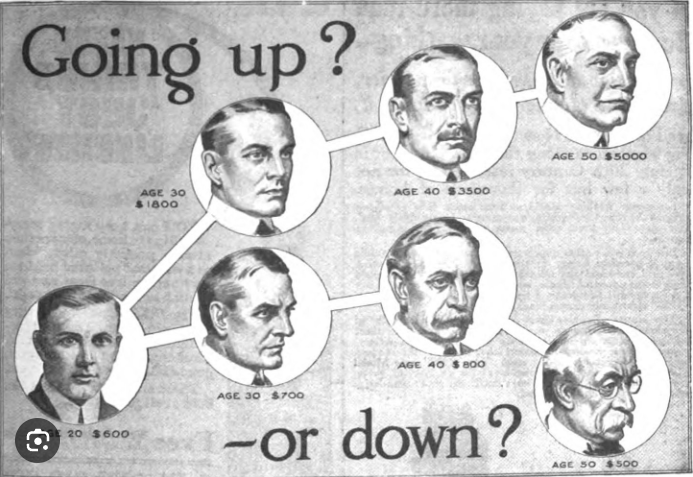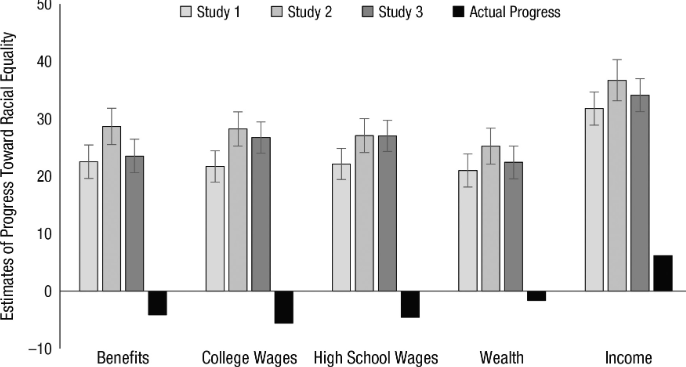Learn about the Piketty racism test, a tool developed by economist Thomas Piketty to measure racial discrimination in hiring practices, its significance in addressing systemic racism, and its potential impact on promoting equality in the workplace.
In the fight against systemic racism and inequality, economists and social scientists have developed various tools and methods to assess societal attitudes and biases. One such tool is the Piketty racism test, named after renowned economist Thomas Piketty, who developed it as part of his research on wealth inequality and social justice. In this article, we’ll explore the Piketty racism test, its methodology, implications, and potential for addressing racial disparities in society.
What is the Piketty Racism Test?
The Piketty racism test is a tool designed to measure racial biases and attitudes towards inequality in society. It is based on the premise that societal attitudes towards race and inequality play a significant role in perpetuating systemic racism and exacerbating social disparities. The test aims to uncover hidden biases and prejudices that may influence individual perceptions and behaviors related to race and inequality.
Also read-Salt Alternatives Aid In Lowering Blood Pressure

Methodology of the Test
The Piketty racism test typically involves presenting participants with a series of hypothetical scenarios or questions designed to gauge their attitudes towards race and inequality. These scenarios may include questions about wealth distribution, access to resources, employment opportunities, and social mobility, among others. Participants are asked to respond based on their perceptions and beliefs about race and inequality.

The test often incorporates elements of implicit bias assessment, which seeks to uncover subconscious attitudes and prejudices that individuals may not be consciously aware of. By analyzing participants’ responses and patterns of thought, researchers can gain insights into underlying racial biases and attitudes towards inequality within society.

Implications and Insights
The Piketty racism test provides valuable insights into societal attitudes and biases that may contribute to systemic racism and inequality. By uncovering hidden prejudices and perceptions, the test sheds light on the complex interplay between race, wealth, and social justice. Some key implications and insights from the test include:
- Awareness of Implicit Bias: The test helps raise awareness of implicit biases and prejudices that individuals may hold towards certain racial or ethnic groups. By acknowledging these biases, individuals can work towards addressing and overcoming them.
- Understanding of Structural Inequality: The test highlights the role of structural inequality in perpetuating racial disparities and social injustices. By examining attitudes towards wealth distribution, access to resources, and social mobility, researchers can identify areas where systemic change is needed to promote equity and fairness.
- Promotion of Social Justice: By uncovering racial biases and attitudes towards inequality, the test provides a basis for advocating for social justice and policy reforms aimed at addressing systemic racism. It helps policymakers and advocates understand the root causes of racial disparities and develop targeted interventions to address them.
- Evaluation of Anti-Racism Efforts: The test can also be used to evaluate the effectiveness of anti-racism interventions and initiatives. By measuring changes in attitudes and perceptions over time, researchers can assess the impact of anti-racism education, training programs, and policy reforms on societal attitudes towards race and inequality.

Critiques and Limitations
While the Piketty racism test offers valuable insights into societal attitudes and biases, it is not without its critiques and limitations. Some common critiques include:
- Simplification of Complex Issues: The test may oversimplify complex issues related to race and inequality, leading to limited understanding of the root causes of systemic racism and social disparities.
- Limited Scope: The test may focus primarily on economic aspects of inequality, neglecting other dimensions such as education, healthcare, and criminal justice, which also play a significant role in perpetuating racial disparities.
- Potential for Biases: The test itself may be subject to biases in its design and administration, leading to inaccurate or skewed results.
- Inadequate Representation: The test may not adequately capture the diversity of racial and ethnic experiences, particularly for marginalized communities that face intersecting forms of discrimination and oppression.

Conclusion
The Piketty racism test is a valuable tool for assessing societal attitudes and biases towards race and inequality. By uncovering hidden prejudices and perceptions, the test provides insights into the complex dynamics of systemic racism and social disparities. While it has its limitations, the test offers valuable implications for promoting social justice, addressing systemic racism, and advocating for policy reforms aimed at creating a more equitable and inclusive society. As we continue to confront the challenges of racial inequality, tools like the Piketty racism test can play a crucial role in fostering understanding, awareness, and meaningful change.

Also read-Men Who Avoid Meat May Find It Easier To Handle Prostate Cancer Treatments
images source: Google
Disclaimer: The opinions and suggestions expressed in this article are solely those of the individual analysts. These are not the opinions of HNN. For more, please consult with your doctor




































